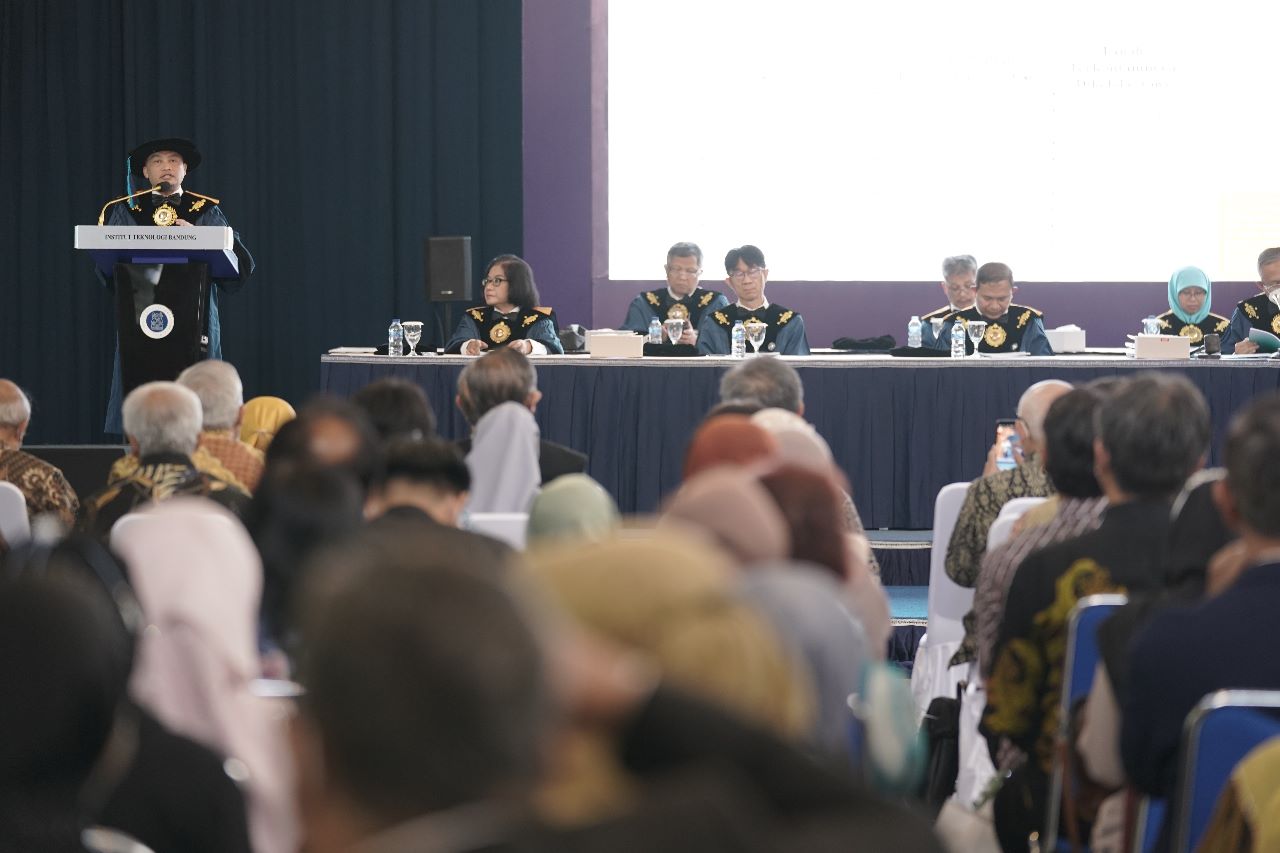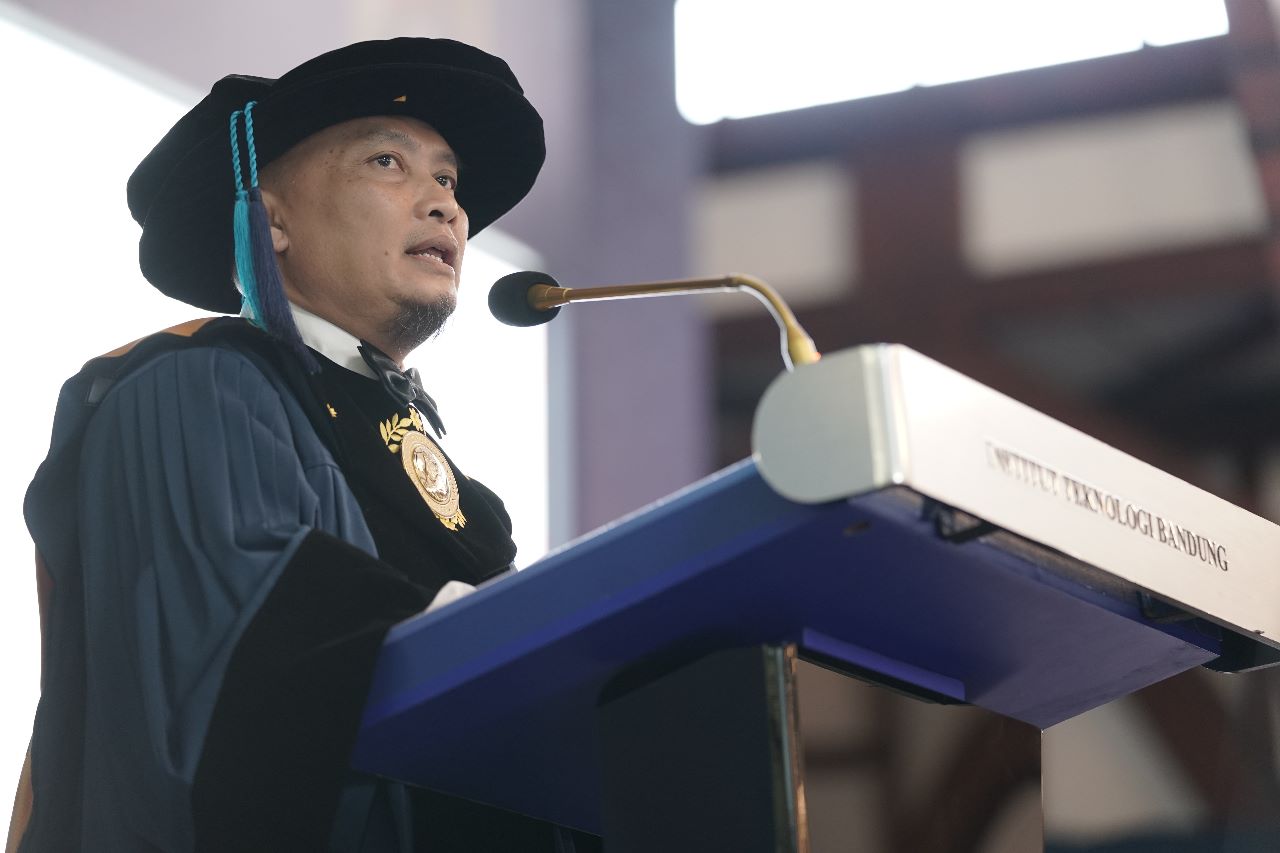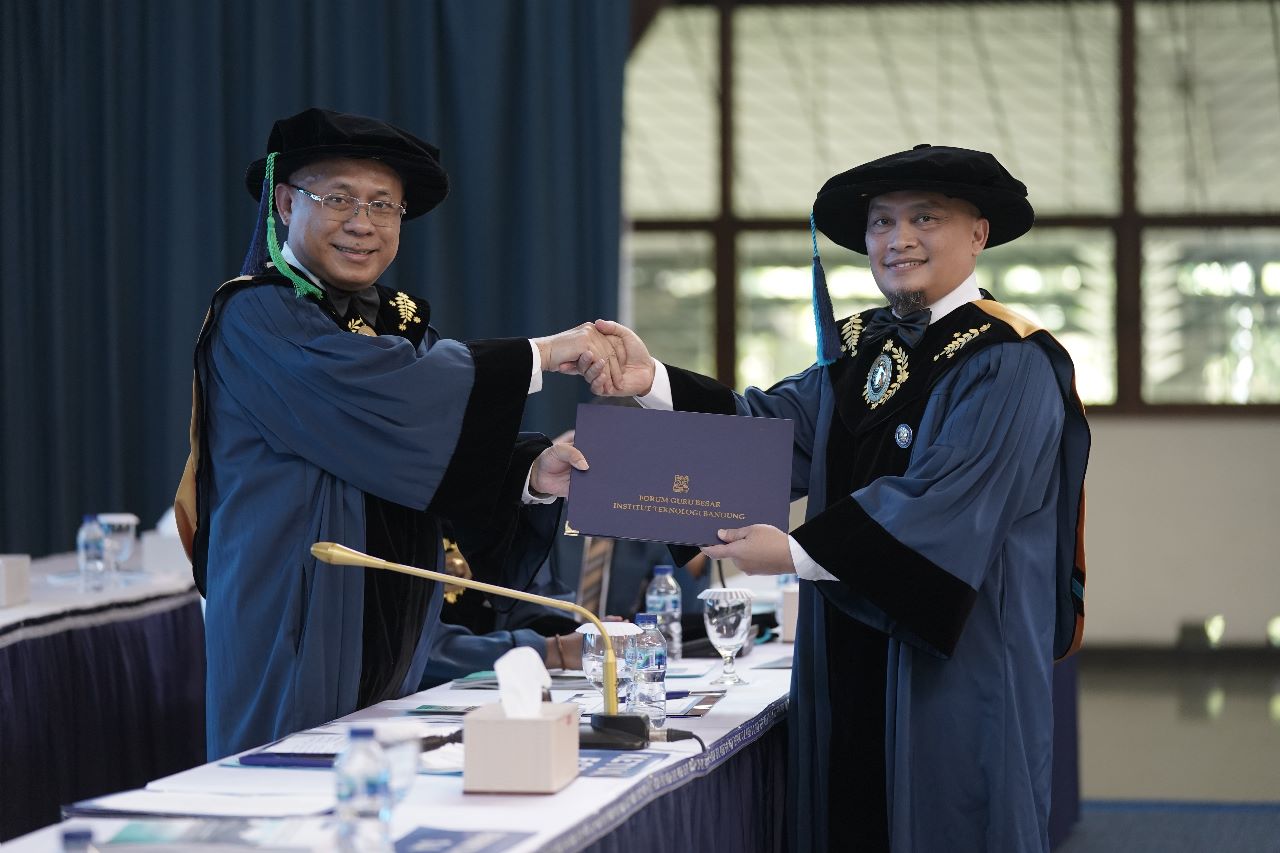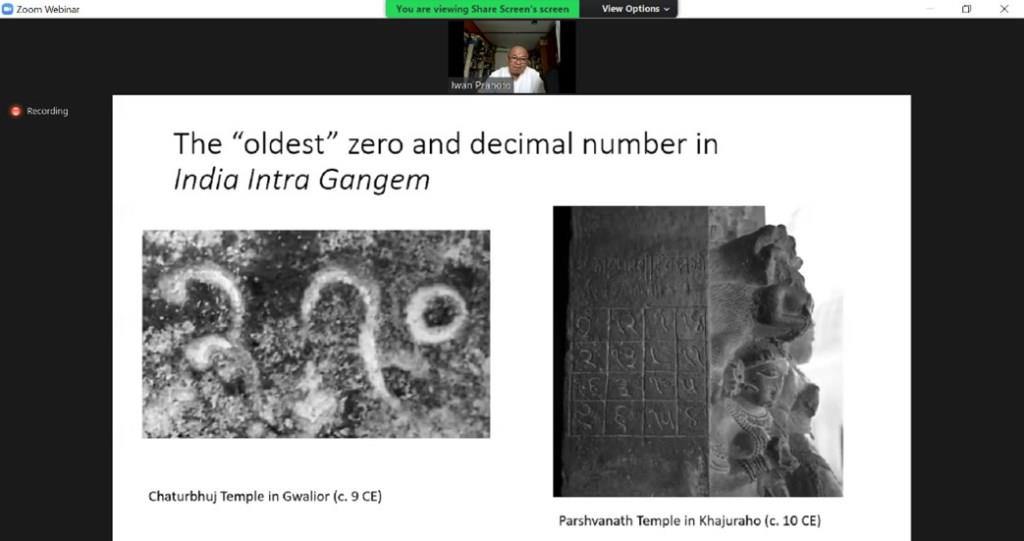Scientific Oration Series: Prof. Agus Jatmika Effendi and The Remediation Technology to Recover Soil Quality
By Adi Permana
Editor Adi Permana

BANDUNG, itb.ac.id — The ITB Full Professor Forum re-held the Full Professor Scientific Oration at the ITB West Hall on Saturday (18/3/2023). One full professor from the Faculty of Civil and Environmental Engineering (FCEE), Prof. Ir. Agus Jatnika Effendi, Ph.D., was one such person who demonstrated his research results.
In his scientific oration, titled “Remediation Technology: Environmental Function Recovery Engineering to Reach Sustainable Development Target”, Prof. Agus explained the global environment degradation that occurs with the food demand pressure and the industrial system, along with the increasing global population. FAO revealed that 33% of soil has degraded, with the main source of pollution being industrial activity, mining, waste management, agriculture, as well as fossil fuel extraction and processing.
As elucidated by Prof. Agus, environmental remediation is a curative restoration to replenish nature, thus improving its quality. According to the mandate of the Republic of Indonesia’s Environmental Law 32/2009, similar efforts could attain multiple SDGs, such as no hunger, clean water reserve and appropriate sanitation, as well as responsible consumption and production. This engineering approach could be executed through three steps: immobilization, extraction, and destruction of underground or groundwater pollutants.
According to Prof. Agus Jatnika, the current best practice of environmental remediation is through bioremediation, with which biological processes and environmental biotechnology applications are utilized to optimize contact between polluting microorganisms and pollutants as their energy and carbon source. To note, there are three key factors in the bioremediation process: substrate and nutrient availability, electron acceptor delivery (oxygen), and involved microorganisms.

Even though the operating cost is more affordable than other technologies, bioremediation has certain limitations in mass transfer, in other words how oxygen is provided. In a countermeasure, said technology has two approaches with ex-situ technology (transport of pollutant and media) and in-situ (pollutant and media are kept in location).
Other limitation includes bioavailability or biological availability. With time, the type of contaminant present will gradually varied and becomes more persistent, which means further challenges in processing. This factor can be mitigated through adding substrate for the microorganism and optimizing the microorganism’s inherent capability.
In an effort to review both of these limitations, Prof. Agus conducted various studies to reduce the effect of ground contaminants, such as the influence of bioemulsifier and catalysts such as TiO2. Technological approaches such as ultrasonic, ER (Electrokinetic Remediation), soil washing, PTP (Pile Treatment Pad), and ACEC (Air Cathode Electrokinetic Cell) use were also studied further to not only remediate but also recover the environment.
Closing his scientific oration, Prof. Agus stated that the people’s current mission will be to investigate ways to preserve land quality, such that food integrity and security is guaranteed even when humans are continually disrupting the environment. “There are a lot of polluted lands caused by various pollutions. In other words, remediation techniques still possess a wide space to innovate.”

Prof. Agus Jatnika is a full professor of environmental engineering ITB. He continued his study in Cardiff University (England) and obtained his doctoral degree from said campus. Aside from serving as the Director of ITB Jatinangor Campus, he is also active in various research surrounding the waters, specializing in the aspect of environmental remediation, and is a part of the Water and Liquid Waste Engineering Research Group.
Reporter: Ruth Nathania (Environmental Engineering, 2019)
Translator: Firzana Aisya (Bioengineering, 2021)

.jpg)

.jpg)
.jpg)
.jpg)
